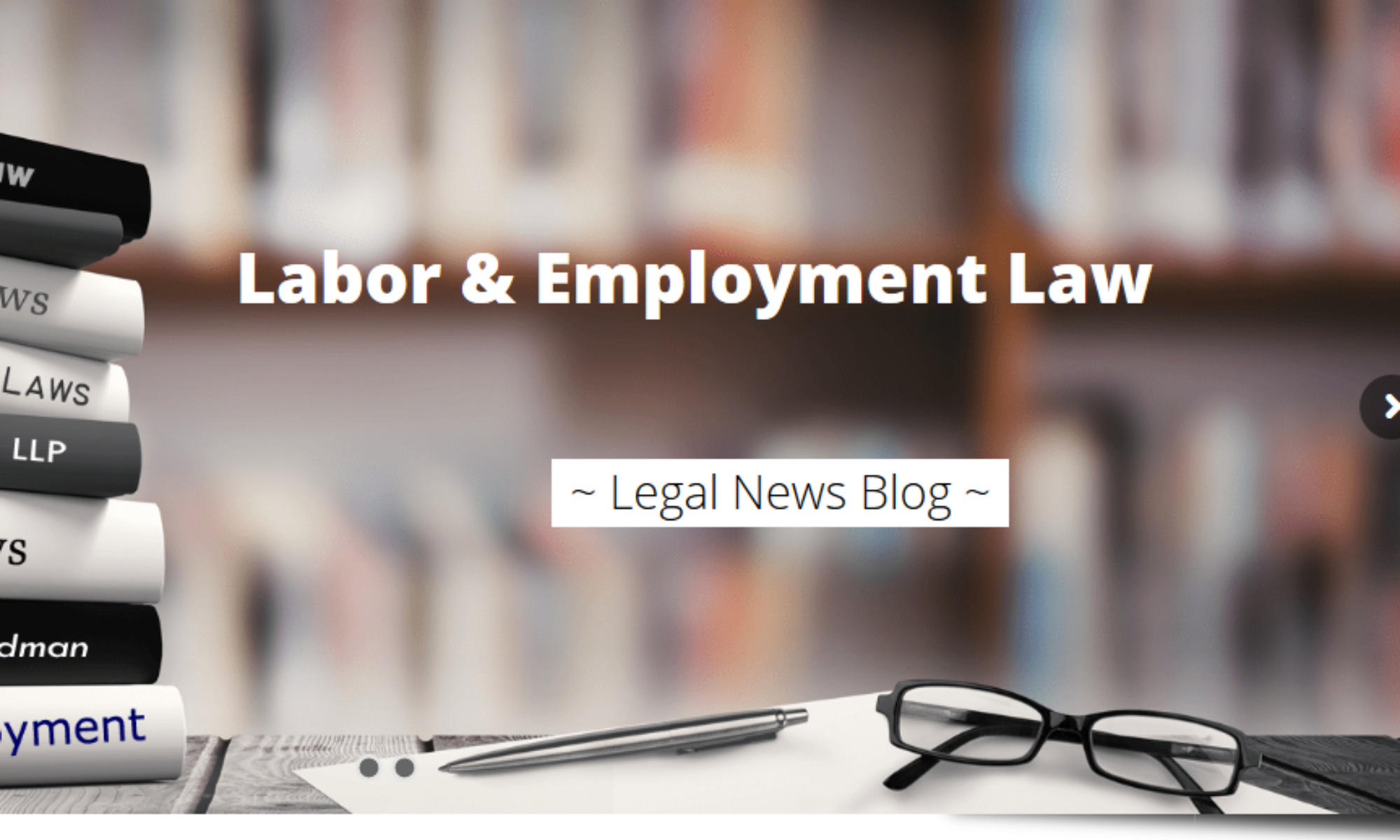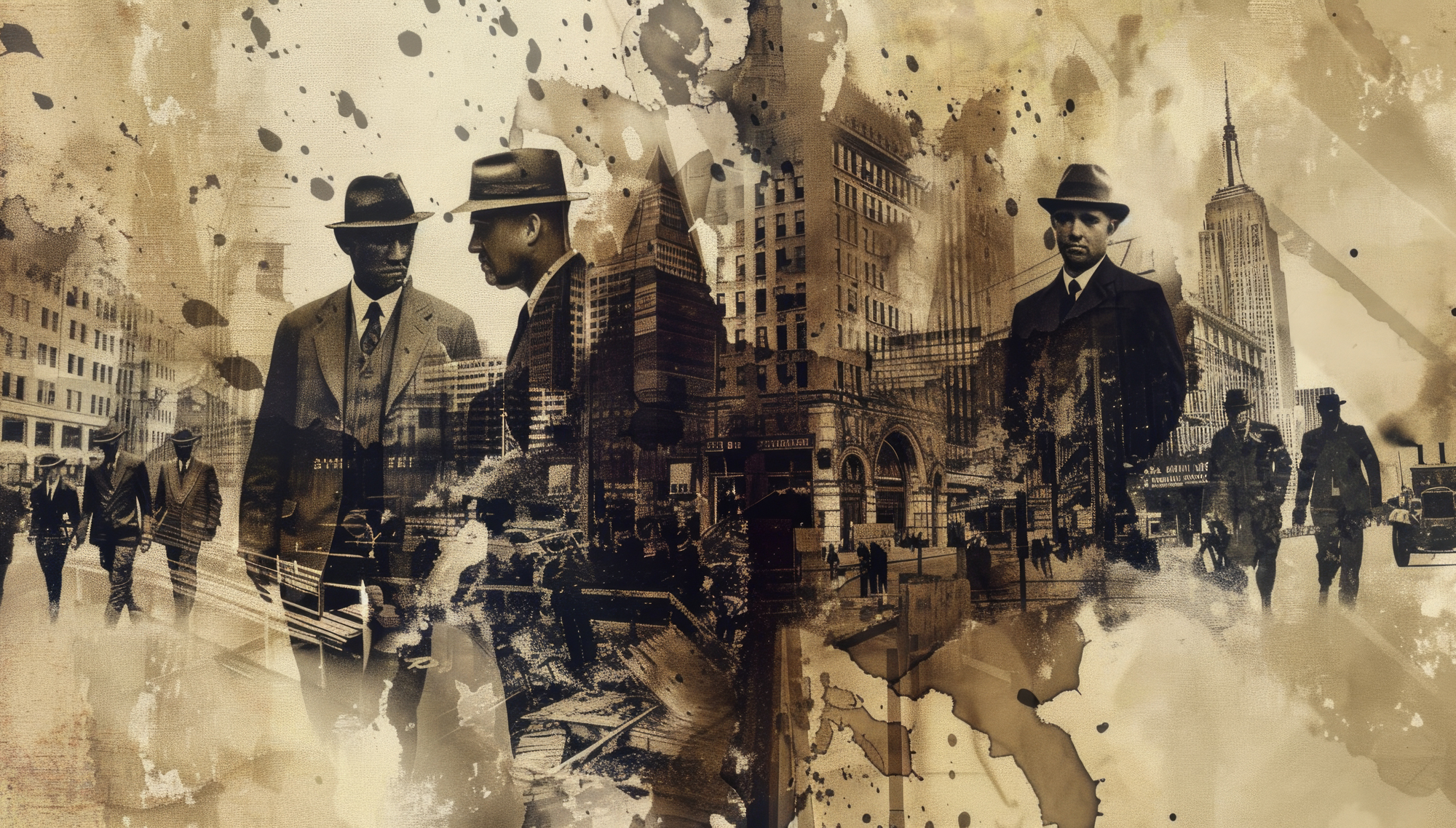From Factories to Fairness: How Employment Law Shaped the Modern Workplace
Employment Law Safeguards Balance in the Workplace
Every workplace operates under a legal framework guiding the relationship between employers and employees. From setting fair wages to prohibiting discrimination, employment law plays a crucial role in shaping a safe and equitable professional environment. But how did these laws come to be?
This essay takes a deep dive into the history of employment law, tracing its roots, groundbreaking milestones, and its modern-day challenges. Whether you’re an employee advocating for your rights, an employer navigating workplace regulations, or a legal professional staying up-to-date, understanding the evolution of employment law reveals just how foundational it is to a thriving workplace.
Expect to uncover how labor movements drove change, the laws that reshaped employment practices, and what’s next in this ever-developing field.
The Origins of Employment Law: A Product of Industrial Progress
Before the Industrial Revolution, the workplace as we know it today didn’t exist. People worked primarily in agriculture, trade, and small-scale production with little regulation. Employment was personal—a simple exchange between the worker and their employer. But as industrialization took hold in the 18th and 19th centuries, things changed dramatically.
Factories began to dominate economies, and with them came a tidal wave of issues like unsafe working conditions, child labor, and grueling hours for minimal pay. At first, governments largely avoided intervening; employment was considered a private matter. Yet, the rise of large-scale industrial operations left workers vulnerable to exploitation on an unprecedented scale.
The shift toward legal protections was slow, often driven by public outrage, when workplace tragedies, such as the Triangle Shirtwaist Factory fire in 1911, cast a harsh spotlight on employers’ abusive practices. The Triangle Shirtwaist Factory fire, one of the most catastrophic industrial incidents in American history, occurred on March 25, 1911, in New York City. The fire broke out on the upper floors of the Asch Building, where the Triangle Shirtwaist Factory was housed, employing hundreds of young immigrant women who worked long hours under arduous conditions. As the blaze quickly escalated, the workers found themselves trapped due to inadequate safety measures, such as locked exit doors, narrow stairways, and a single, inadequate fire escape. Firefighters faced immense challenges reaching the burning floors, and tragically, 146 workers perished in the inferno. These horrifying events laid the groundwork for governments to start crafting laws that would regulate workplaces, setting the stage for modern employment law.
How Labor Movements Forced the Hand of Lawmakers
Labor movements became the backbone of change during the Industrial Revolution. Workers began organizing, realizing that their solitary voices held more power when unified. Labor unions became a lifeline for advocacy, fighting for better wages, safer work environments, and reasonable working hours.
One of the earliest victories for organized labor was the establishment of the eight-hour workday. The Haymarket Affair, a pivotal event in labor history, unfolded on May 4, 1886, in Chicago’s Haymarket Square. It began as a peaceful rally organized by labor activists advocating for an eight-hour workday amid escalating tensions between workers and factory employers. The rally took a dark turn when an unknown assailant threw a bomb at police, who were dispersing the crowd. The explosion and ensuing gunfire resulted in the deaths of seven police officers and at least four civilians, with many others wounded. This violent clash not only cast a shadow over the labor movement but also led to a controversial legal response. Eight anarchists were tried and convicted, with four ultimately executed despite questionable evidence linking them to the bombing. The Haymarket Affair highlighted the intense struggle for labor rights and underscored the need for reform while also fueling public fear and suspicion towards labor unions and anarchists. The Haymarket Affair in 1886, though marred by violence, shone a spotlight on this demand, ultimately helping to shape regulations governing work hours.
The United Kingdom led the charge with legislation like the Factory Acts during the 19th century, improving industrial working conditions. Across the Atlantic, landmark moments such as the Great Railroad Strike of 1877 showed the United States that employment law was becoming impossible to ignore. Although victories were hard-fought and often incremental at first, the persistence of labor advocacy fundamentally shifted cultural attitudes toward workplace fairness.
Landmark Legislation That Changed the Workplace Forever
Employment law gained significant traction in the 20th century, finally maturing into a robust legal discipline with landmark legislative acts addressing systemic workplace issues.
One of the first and most influential pieces of employment law in the United States was the Fair Labor Standards Act (FLSA) of 1938. It introduced a federal minimum wage, regulated overtime pay, and ended oppressive child labor practices in most industries.
Likewise, the Civil Rights Act of 1964 revolutionized workplace equality by prohibiting discrimination based on race, color, religion, gender, or national origin under Title VII. It sent a clear message that employees deserved protection from prejudice.
Another game-changer was the passage of the Occupational Safety and Health Act (OSHA) in 1970, which ensured that workplaces met minimum safety standards. Suddenly, corporate accountability wasn’t an option; it was mandatory.
These laws—and many others—reflect how employment law has evolved over time to address specific societal challenges, paving the way for the modern workplace.
Employment Law in the Modern World Conversations About Justice and Flexibility
While historical employment law primarily resolved large-scale industrial challenges, the 21st century has brought new complexities and debates. Here are a few areas where the field is actively evolving today.
The Gig Economy
Short-term workers in the gig economy—think Uber drivers and freelance writers—often exist in a legal gray area. Should they be considered employees or independent contractors? This distinction isn’t just academic. Employee status gives workers access to benefits like health insurance and job security, while freelancers may miss out on these protections. Governments worldwide are grappling with how to adapt employment law to the gig economy’s flexible yet precarious nature.
Addressing Workplace Discrimination
Despite the milestones achieved under the Civil Rights Act, workplace discrimination persists. Employees from marginalized groups often face unconscious bias, pay disparities, or inadequate opportunities for advancement. Laws like the Equal Pay Act and the expansion of Title VII rights now include protections for LGBTQIA+ employees—a significant step forward in advocating equal rights across the board.
Preparing for the Future of Work
The rapid development of technology and artificial intelligence signals a seismic shift in how, where, and even whether people work. Remote work, which surged during the COVID-19 pandemic, has left employees and employers wondering—how do existing employment laws apply when the “workplace” is someone’s living room? Future employment laws will likely tackle questions of digital workspace rights, algorithmic fairness, and the ethical use of AI in hiring and managing employees.
Reflection on an Evolving Discipline
The history of employment law underscores its critical role in balancing workplace power dynamics. It serves as a reminder that fairness, equality, and safety never come without effort. Every labor strike, court case, and legislative act has moved society closer to an equitable workplace.
For employers, keeping pace with employment law ensures compliance and fosters a fair, motivated workforce. For employees, understanding their rights leads to empowerment and protection. Meanwhile, legal professionals work tirelessly to bridge the two sides and advocate for justice.
Staying informed about employment law is a must in this rapidly changing world. Whether you’re an employer looking to ensure compliance, an employee seeking to defend your rights, or a legal professional interested in the latest regulations, there are resources to keep you engaged and informed.
Remember—the next chapter in employment law’s history is being written today. Together, we all hold the pen.

